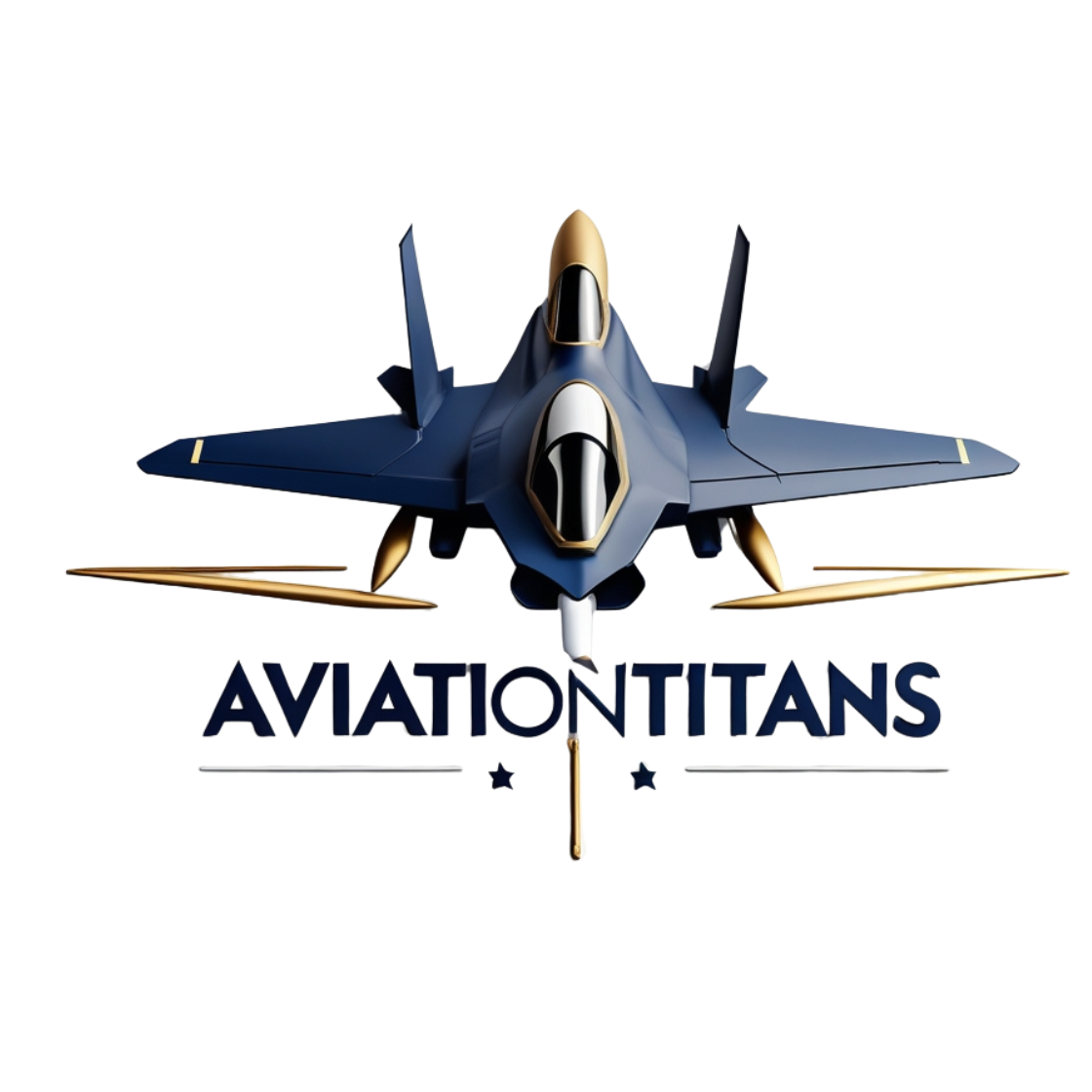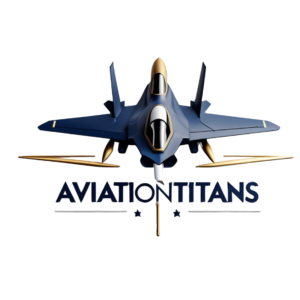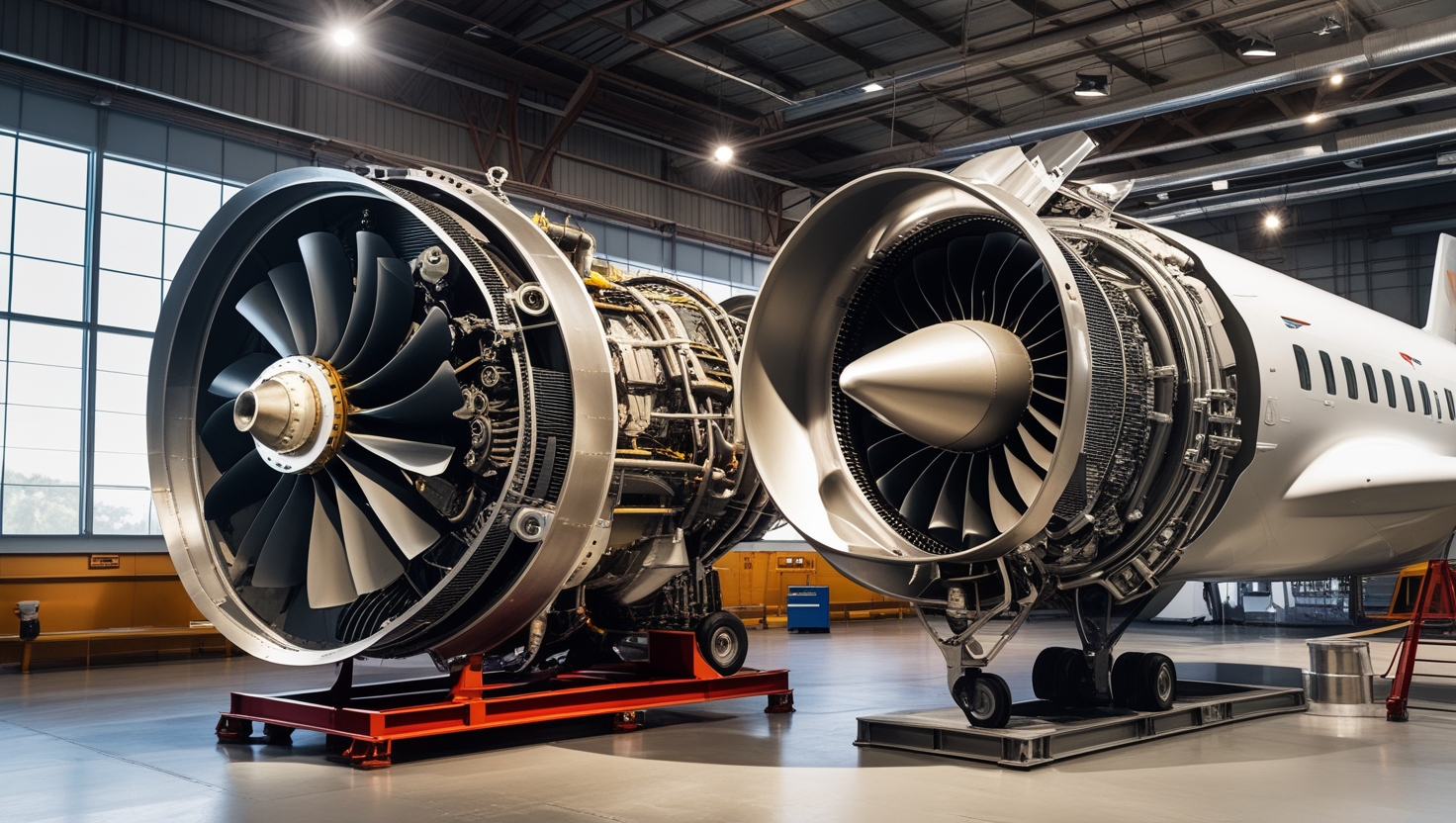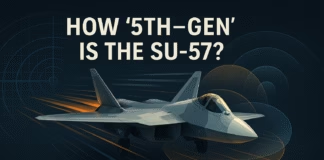I still remember a late-night mission review at NAS Oceana when a junior WSO asked the question that always starts good fights: “If span is so great for range, why did the Tomcat need swing-wings?” We ended up with three whiteboards full of drag polars and turn-rate scribbles, a checkerboard of coffee rings, and one tidy conclusion: sweep helps you go fast and survive the transonic, span helps you go far and carry more—what you “should” choose depends on the mission and the era’s constraints. Today, with stealth, digital flight controls, and monster turbofans, the needle has moved. But it hasn’t moved everywhere.
How sweep and span set the table
At transonic and supersonic speeds, sweeping the wing delays and reduces wave drag. That’s Aerodynamics 101, and NASA’s classic primer on wing sweep vs. drag is still the clearest five-minute refresher you can hand to a colleague (if you’re catching up, start here: NASA—Wing Sweep).
For range and payload, the math tilts toward aspect ratio—longer span, skinnier wing, cleaner lift. That’s why high-endurance airplanes sprout big wings: the lift-to-drag ratio in cruise loves span. NASA’s short note on aspect ratio is a handy, equation-light explainer you can drop into a slide (NASA—Aspect Ratio).
Put the two ideas together and you get the core trade: sweep for speed and dash; span for endurance and lift-to-drag. Everything else—stealth edges, fuel volume, strength-to-weight—stacks on top.
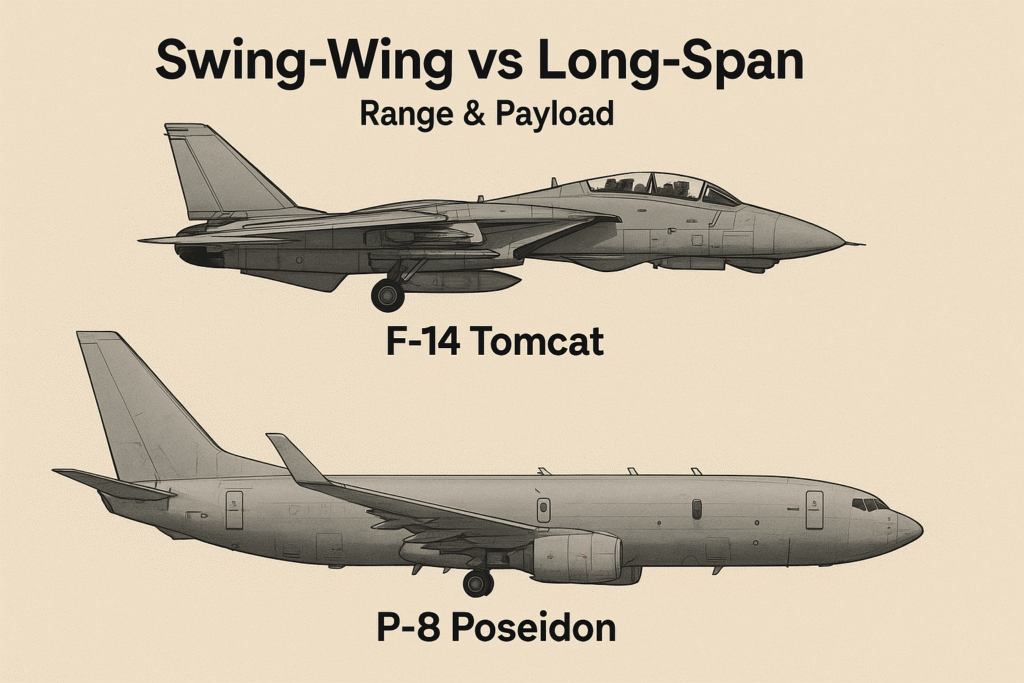
How variable-sweep actually works (and why it’s heavy)
When you bolt pivoting wings to a high-performance jet, you build a carry-through box across the fuselage that eats torsion and bending loads as the wings rotate. You hang redundant hydraulic actuators and gearboxes off that box, add synchronization and locks so the wings don’t disagree, and wrap the root with seals and fairings that try to look like one smooth airfoil at every angle. Modernized systems tie sweep scheduling to calibrated airspeed/Mach, altitude, and g-limits so the pilot can fight while the airplane “shapes” itself. It’s brilliant—and it’s weight, volume, and maintenance you don’t spend on fuel, avionics, or weapons.
From my experience, the operational tax isn’t only weight; it’s the inspections. You budget time for NDT at the pivot, chase leaks and wear in the root seals, and live with the fact that your stealth team will hate the gaps.
Why the F-14 (and friends) went swing-wing anyway
On carriers and short strips, extended wings deliver slow approach speeds and controllable flare without monstrous high-lift contraptions. Then, when it’s time to sprint, you sweep back and slash wave drag for a clean supersonic dash. Fleet defense in the Tomcat era demanded both ends of that envelope, and variable geometry made one airframe do the work of two. If you want to walk yourself down memory lane (or show your kid why the jet on your office poster looked the way it did), the museum write-up on the type is a good anchor: National Museum of the U.S. Air Force—F-14A Tomcat.
Other swing-wing classics tell the same story in different uniforms: F-111 for long-range strike, Tornado for low-level penetration, Su-24 for all-weather smash-and-grab. The mechanism earned its keep by broadening the envelope—short-field and carrier arrivals at one end, high-Mach or low-level gust-tolerant rides at the other.
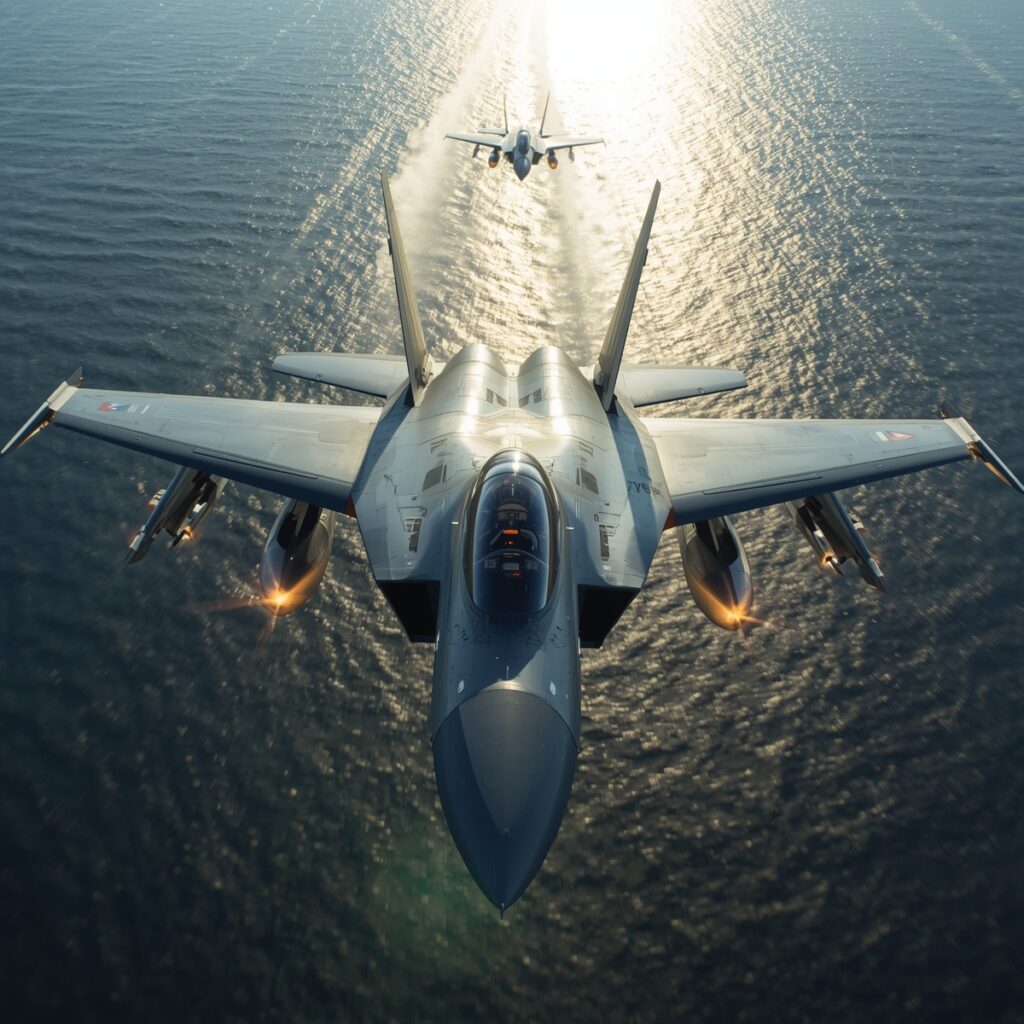
The downside that killed variable sweep in the stealth age
Three hard truths explain why you don’t see swing-wings on F-22s or F-35s:
- Mass and complexity. Pivots, gears, actuators, and seals add hundreds of kilos you can’t spend elsewhere.
- Radar-cross-section headaches. Moving joints and discontinuities are RCS kryptonite compared to one-piece blended planforms.
- Design convergence. With fly-by-wire control laws, leading-edge extensions, smart high-lift systems, and thrust to spare, a fixed wing can now cover most of the mission envelope—without the penalties.
If you want to chart where ideas stand today (and where they might go next), we keep a running set of explainers in Experimental & Future Aircraft—it’s where we bundle morphing surfaces, active flow control, and all the “what if” prototypes.
A fictional but technical case study: Two designs, one strike
A few summers ago, my team ran a campaign-level sim pitting a variable-sweep strike jet (“V-S”) against a long-span fixed-wing (“L-S”) in a modern IADS environment. Same engines, same internal fuel volume, same external store stations—only the wing changed.
Mission. 1,000-nm round-trip strike with two internal PGMs, low-level ingress for 200 nm, high-subsonic cruise otherwise, tanker available once per leg outside the WEZ.
Geometry. V-S could sweep from 16° to 68°; L-S had a 12% higher aspect ratio and 8% larger span, fixed.
Control laws. Both had FBW; L-S featured adaptive flaps and LE devices that “breathed” with the gust model.
Aero data (derived). At M0.85/30k ft, L-S had an L/D ~7% higher clean; at M0.92, gap shrank to ~2%. At 200 ft AGL, L-S burned 9–11% more fuel than V-S at the same M0.85 due to gust loading and buffet margins.
Results.
- Range/payload: L-S won most profiles by ~4–6% mission fuel margin when the route avoided prolonged low-level. When the CONOPS forced 200-nm down low, V-S clawed back margin and sometimes avoided a tanker hook-up entirely.
- Kinematics: In the dash windows (short bursts at M0.95–1.2), V-S consistently arrived earlier with more smash to trade—useful for tight TOTs or outrunning a pop-up threat ring.
- Survivability: With modern sensors and tactics, altitude + timing beat raw dash speed. L-S’s endurance let it loiter at a safer standoff longer for a clean window, but when the ROE forced a low-level thread-the-needle, V-S handled gust/g onset more gracefully and kept pilots happier.
Maintenance model. Over a 90-day surge, V-S paid a +8–10% maintenance-hours per flight hour tax from pivot/actuator inspections and root-seal TLC. L-S’s penalty showed up as fatigue cycles on spars if crews insisted on yanking it low too often.
Bottom line from the sim: If your doctrine still demands frequent low-level, large dash slices, or short-strip/catapult recoveries, a swing-wing buys back some fuel and handling that long-span can’t. If your doctrine leans on stealth, altitude, sensors, and patient timing, a long-span fixed wing gives you the extra L/D and fuel fraction you feel in range and persistence.
Where modern fighters really are
Fifth-gen designs (and the better 4.5-gen refreshes) reached the “both/and” zone with powerful engines, digital controls, refined inlets, conformal tanks, and clever flaps/slats. That’s why you see fixed wings on F-22, F-35, Rafale, and Typhoon. Variable sweep solved Cold-War-era problems with 1970s materials and control tech; today’s toolset solves the same problems with fewer moving parts.
If you want to go deeper on roles, sensors, and the not-so-glamorous sustainment math, we keep the platform write-ups and comparison tables in Military Aircraft.
Advantages of variable sweep (when it still makes sense)
From my time in simulators and with maintainers, here’s where swing-wings still shine:
- Short-field/carrier edges. Lower approach speeds without exotic flaps.
- High-speed dash. Lower wave drag on demand, especially in the ugly M0.95–1.2 band.
- Low-level ride. Better gust-load behavior with sweep on, which keeps stores happy and crews less beat up.
- Mission flexibility. One airframe playing air superiority, strike, recce with on-the-fly reshaping—handy for mixed tasking.
Limitations and what they cost in the hangar
- Mass and volume in the carry-through box, where fuel and sensors also want to live.
- Sealing and fairings that wear, raising drag or RCS if you get lazy.
- Hydraulics/gearboxes that multiply inspection points—even with redundancy.
- Lifecycle cost. In high-tempo ops, the extra maintenance shows up as fewer turns unless you over-staff.
If you want to practice the envelope management and emergencies that come with either wing philosophy (uncommanded sweep, flap symmetry faults, gust-load ride), our training team built scenario packs in Simulator Technology—they’re the same flows I use with new hires before we throw them at the big box.

“Which is better for range and payload?”—the honest answer
Today, long-span fixed wings win more often for range/persistence and for clean weapons carriage under a stealth doctrine—because their higher L/D and simpler structure let you spend mass on fuel instead of mechanisms, and because a clean planform is friendlier to RCS control.
Swing-wings win when the mission still loves sweep: short-strip or deck ops, demanding low-level, and dash-intensive profiles where survivability hangs on punching through the transonic with margin. That’s why you still see B-1B and legacy swing-wings in service, and why nobody is rushing to retrofit variable sweep onto stealth jets.
If you enjoy tidy definitions and historical context, Britannica’s overview on variable-sweep is a solid coffee-break read (Britannica—Variable-sweep wing), and NASA’s primers linked earlier are perfect for a pre-brief brain reset before you start flinging Mach cones on a slide.
High-intent FAQs (the questions I get in inboxes)
Are swing-wings more fuel-efficient than fixed wings? Sometimes—especially when you need slow approaches and fast dash in the same sortie. Across a modern high-altitude cruise mission, the long-span fixed wing usually wins on fuel by riding a better L/D.
Why did the F-14 have them? Because the Navy demanded low-speed carrier traps and high-speed fleet defense in one jet. Variable sweep gave them both—see the museum fact sheet above for the operational context.
Do drones need variable sweep? Possibly. I’ve seen good studies where adaptive span/camber buys both loiter and sprint without a full swing-wing—lighter mechanisms, simpler controls. The trick is proving reliability and power draw pencil out.
How is sweep scheduled? Older jets had manual detents; later systems tie sweep to Mach/qs with structural and buffet margins baked in, so the pilot fights and the jet shapes itself.
Editor’s picks (if you want to keep going)
If you like seeing how future shapes might recapture the benefits without the penalties, our Experimental & Future Aircraft section bundles morphing structures, active flow control, and adaptive camber ideas—and how they’d actually be flown and maintained in the real world.
The takeaway I give commanders and program managers
Variable-sweep earned its place by letting one airframe be many airplanes—short-field, dash, low-level. Modern fixed wings, backed by FBW, sensors, stealth shaping, and thrust, absorbed most of that mission space with less weight and lower signature. If your CONOPS still leans on low-level speed and short-field flexibility, swing-wings will keep paying dividends. If your doctrine is stealth-first with patient timing and altitude, a long-span fixed wing buys the range and payload you care about. And as materials and controls keep evolving, expect the next step to be subtle shape-shifting—camber, twist, and span tricks—rather than big metal wings swinging on pins.
For physics refreshers that don’t talk down to you, start with NASA’s sweep and aspect ratio primers, then cross-check the F-14 history for the operational logic behind variable geometry. If you +want to match shapes to current inventories and roles, our Military Aircraft library keeps the specs and mission notes in one place.+
